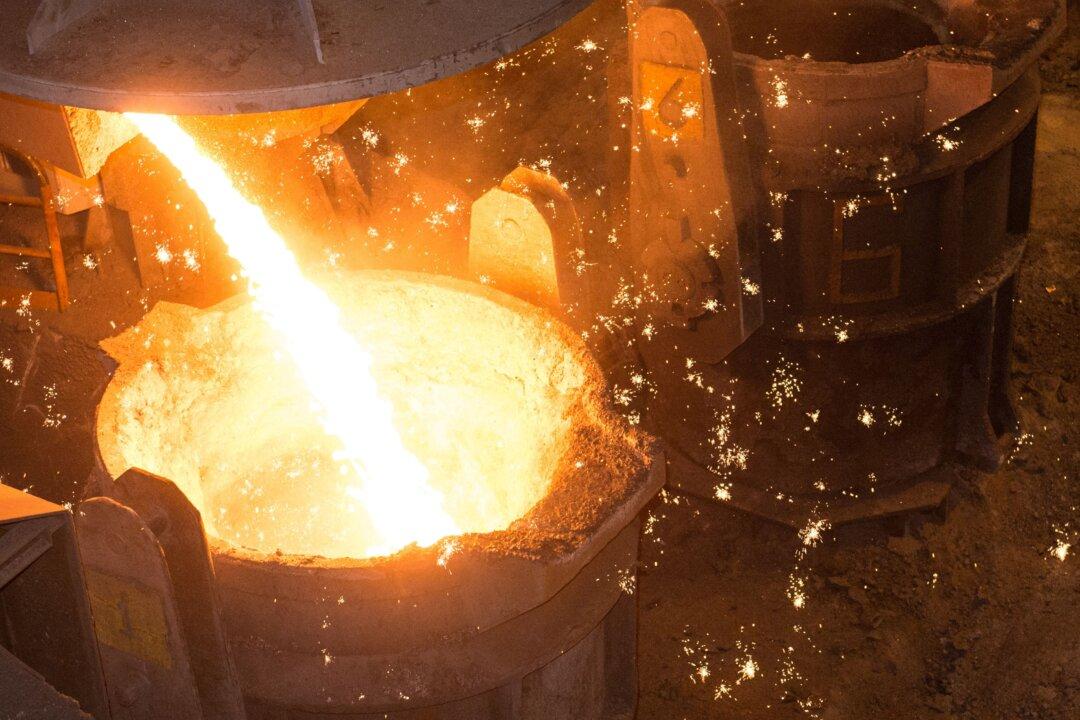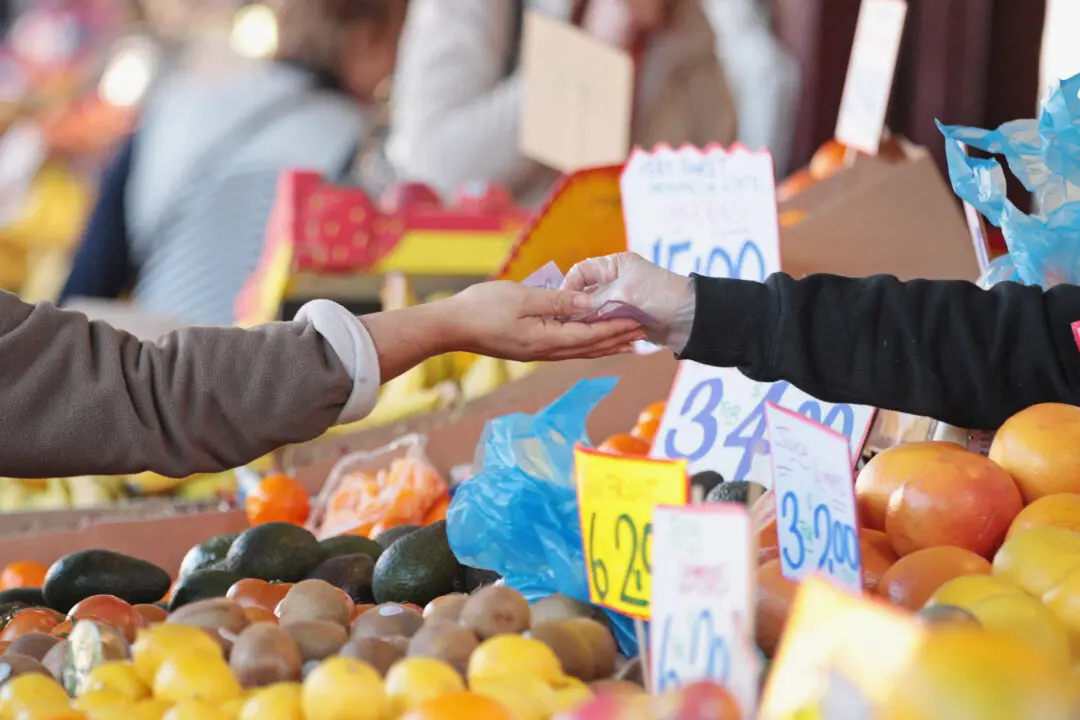Former Australian Competition and Consumer Commission (ACCC) chair Rod Sims has said metals produced without the use of fossil fuels would be a game-changing export commodity for Australia amid the global pursuit of net zero emissions.
The former competition leader believed “green metals” (metals produced using renewable energy and hydrogen) could help the country attain a significant boost in export revenue while considerably reducing greenhouse gas emissions.
At the Committee for Economic Development of Australia’s (CEDA) second annual Climate and Energy Forum on May 8, Mr. Sims shared his view with energy experts across Australia, including those from mining and energy corporations and the Australian Energy Market Operator.
He said that Australia was likely the cheapest place in the world to make green iron as it arguably had the best combinations of solar and wind energy resources and enormous biomass sources for a zero-emissions chemical industry.
“Countries such as Japan, Korea, China, and most of Europe do not have sufficient moderate-cost renewable energy resources to make all the electricity they need domestically.
“They will need to either import renewable energy, ammonia as a derivative of hydrogen, and/or use nuclear energy–all at great cost–simply to meet their domestic electricity needs.”
In addition, Mr. Sims said those advanced economies would need to import many goods with the “green” energy intensity embedded in them to meet their climate targets in the coming period.
While Australia currently accounts for 1 percent of the world’s emissions, the former ACCC boss said the country could reduce 6-9 percent of global emissions by making “green” iron, aluminium, transport fuels, urea, and silicon in Australia.
“By turning our iron ore into green metal alone, Australia would reduce world emissions by over 3 percent–close to triple the contribution to world emission reduction from decarbonising Australia,” he said.
“Australia covers about 5 percent of the earth’s land surface. Supplying about 7-10 percent of the world’s renewable energy is no stretch given our abundant solar, wind and land resources.”
In addition to reducing the world’s emissions, Mr. Sims estimated that if Australia could produce the green products, it could make additional annual export revenue of $250-$300 billion (US$165-197 billion).
The above figures would be much greater than the $120-220 billion per annum revenue from coal and gas exports, he added.
Meanwhile, Fortescue innovation committee chairman Larry Marshall said Australia could export materials to other countries and did not need to introduce full manufacturing capabilities to capitalise on its renewable energy potential.
“I don’t think we‘ll make green steel in this country ... but I do agree with Rod that we’ll manufacture green iron,” he said.
Fossil Fuel Tax Recommendation
Mr. Sims also advised the government to introduce a Carbon Solutions Levy (CSL) to get funding for the policies and investments needed to turn the country into a green energy-intensive manufacturing powerhouse.He said the tax should apply to all fossil fuel extraction sites in Australia (around 105 sites), as well as all fossil fuel imports to the country.
The tax was also necessary to level the playing field between green products and those made with fossil fuels, Mr. Sims added.
“Green products are more expensive than products made with fossil fuels because the latter don’t pay for the damage they cause,” he said.
“I know that increasing taxes is borderline impossible in Australia... but I think as Australia realises that the transition is here, that it is not changing, taxing fossil fuels is the best way.”
The former ACCC boss also wanted the upcoming May federal budget to address hurdles to launching renewable energy projects as well as establish clear qualification rules for individual projects.
“There is no logical reason why Australian project approvals take as long as they do. We need active policy here, not begrudging regulation,” he said.

Sharp Increase in Energy Demand for Green Metal Production
While Mr. Sims’ proposal to turn Australia into a green metal manufacturing powerhouse might bring about revenue growth for the country, there needs to be a massive lift in Australia’s electricity generation capacity to meet the energy need.The figure is equivalent to a two-fold increase in the country’s total current electricity generation.
Further, if Australia wants to establish new export markets for green iron and hydrogen, the demand for additional electricity would go up to 1,450 terawatt-hours per year.
Meanwhile, some energy experts have raised concerns about energy production in Australia.
He warned that the national power grid could be at risk and called for some form of agreement between governments and energy companies that dictated the timing of the closure of fossil fuel generators to prevent shortfalls in generation capacity.







